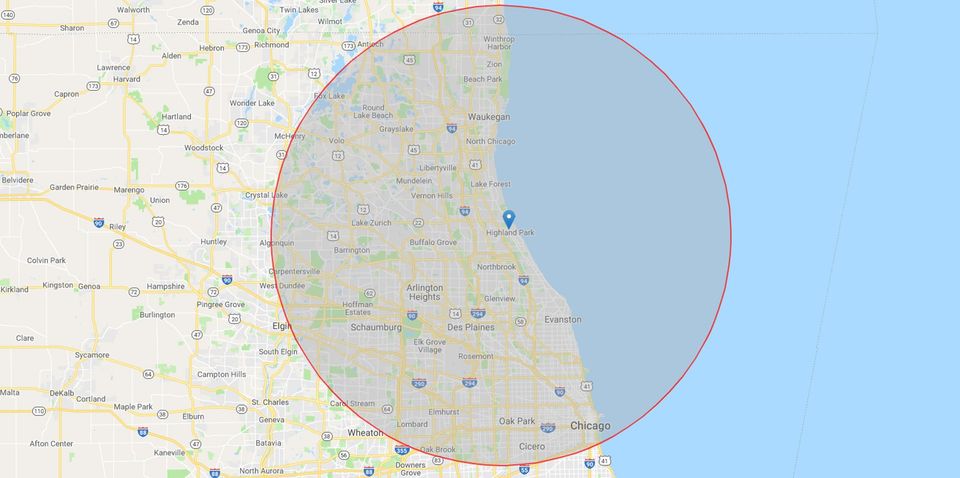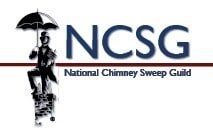Frequently Asked Questions
- My chimney looks fine on the outside but I have been told that it is unsafe to use?
A look inside a chimney that appears fine on the outside often reveals a totally different picture. There may be cracks and even pieces missing from the original clay liner. Mortar and bricks may be loose and falling, and there may be other deterioration. Every year hidden chimney defects result in injury and death from fire and from carbon monoxide poisoning.
- The concrete on the top of my chimney is crumbling. What's causing this?
Most masonry chimneys are built with an inadequate cap constructed from common mortar mix that is not designed for years of weather abuse without cracking, chipping or deteriorating. A proper chimney crown should be constructed of a Portland cement-based mixture and cast or formed so it provides an overhang projecting beyond all sides of the chimney by a minimum of two inches. The flue liner tile should also project above the crown a minimum of two inches.
- How often should I have my chimney inspected?
If you are using the chimney to vent a fireplace, wood, coal or pellet stove or a gas or oil appliance, the flue should be inspected and cleaned once a year. You should also have your chimney inspected if you have experienced a chimney fire. The sudden rise in temperatures within the flue associated with a chimney fire is often the main cause of tiles cracking.
- What is the purpose of a chimney liner?
The purpose of a chimney liner is to keep the heat of flue gases inside the chimney so the chimney can't overheat the nearby combustible material, such as the framing and walls of your house, and possibly cause a fire. The liner also keeps carbon monoxide, moisture, smoke, creosote, and other products of combustion from seeping through the bricks and mortar of your chimney and leaking into your home. Most masonry chimneys are constructed with an inner liner of clay tile.
- What is Carbon Monoxide?
Carbon monoxide is a colorless, odorless, tasteless, yet highly toxic gas. It forms when there is a reduced availability of oxygen, such as when operating a chimney or stove. Sadly, families suffer each year from the poisonous effects of carbon monoxide due to unsafe chimney conditions.
- How do I know if my chimney liner has been cracked or damaged?
A chimney professional will most likely use a video inspection system so he could systematically inspect your chimney. Such an inspection will be able to show any cracks in the tiles, even small ones, or any damage to the mortar between the clay chimney tiles.
- What's the big deal with a few cracked flues?
It happens thousands of times each year; damaged chimneys resulting in disaster. Poisonous carbon monoxide gas leaks through cracks in the flue lining and into the home. Even small amounts can make you and your family sick. There is also the risk of a chimney fire turning into a house fire. Highly combustible creosote can leak through even small cracks in clay linings. Once ignited, a creosote fire can find its way through the cracks, and dangerously increase chimney heat. Or the flames can simply penetrate cracks in the mortar and ignite a home. Having a few cracked flues is serious business.
- Why is the outside brick of my chimney coming apart?
The primary culprit for chimney breakdown is the acidic moisture that comes from condensed flue gases. This acidic moisture attacks the chimney from the inside. Years of normal use with hot and cold cycles and seasonal weather conditions all take their toll on chimney masonry's.
- The bricks on my chimney are chipping and I was told that it's because of flue condensation from our new furnace. Is that possible?
The advent of high efficiency furnaces has meant lower heating bills for homeowners. At the same time, high efficiency furnaces, as their name indicates, extract more heat from a given amount of fuel than conventional furnaces. Combustion is more complete and less heat is lost up the chimney. In turn, the flue seldom has a chance to "dry out" as older furnaces have allowed. Once flue gases drop to 120 F, unwanted condensation begins. Herein lies one side effect of high efficiency furnaces - excessive moisture in the flue. The combustion process itself, too, leads to condensation in the chimney. Water vapor is a by-product of burning fuel. When 1 cubic foot of gas is burned, 2 cubic feet of water vapor is created. Traditionally built chimneys with clay liners will not last under this moisture assault. Stainless steel relining is the best solution for moisture attack.
- What is a UL listing?
A UL listing stands for Underwriters Laboratory Inc, an independent, not-for-profit product-safety testing and certification organization. It is responsible for setting safety standards and testing various industries and appliances. UL runs many stringent and rigorous tests in order to assure that only safe and reliable products receive the UL listing. A UL listing informs the consumer that the product he is buying has been suitably tested and found acceptable for the application for which it was intended.
- What is the NCSG?
The National Chimney Sweep Guild (NCSG) is a national organization developed to promote professionalism in the chimney industry, public awareness of chimney safety issues and provide support and a professional network to chimney professionals throughout North America. Membership in the NSCG shows that a chimney professional is actively involved in keeping up with current practices in chimney servicing, maintenance and repair, and has up-to-date knowledge of the latest chimney-related products, tools, and techniques.









